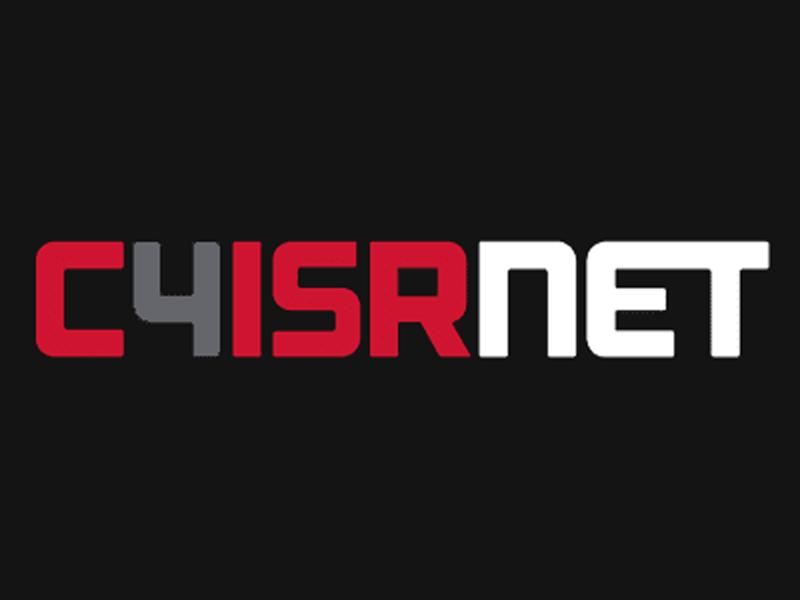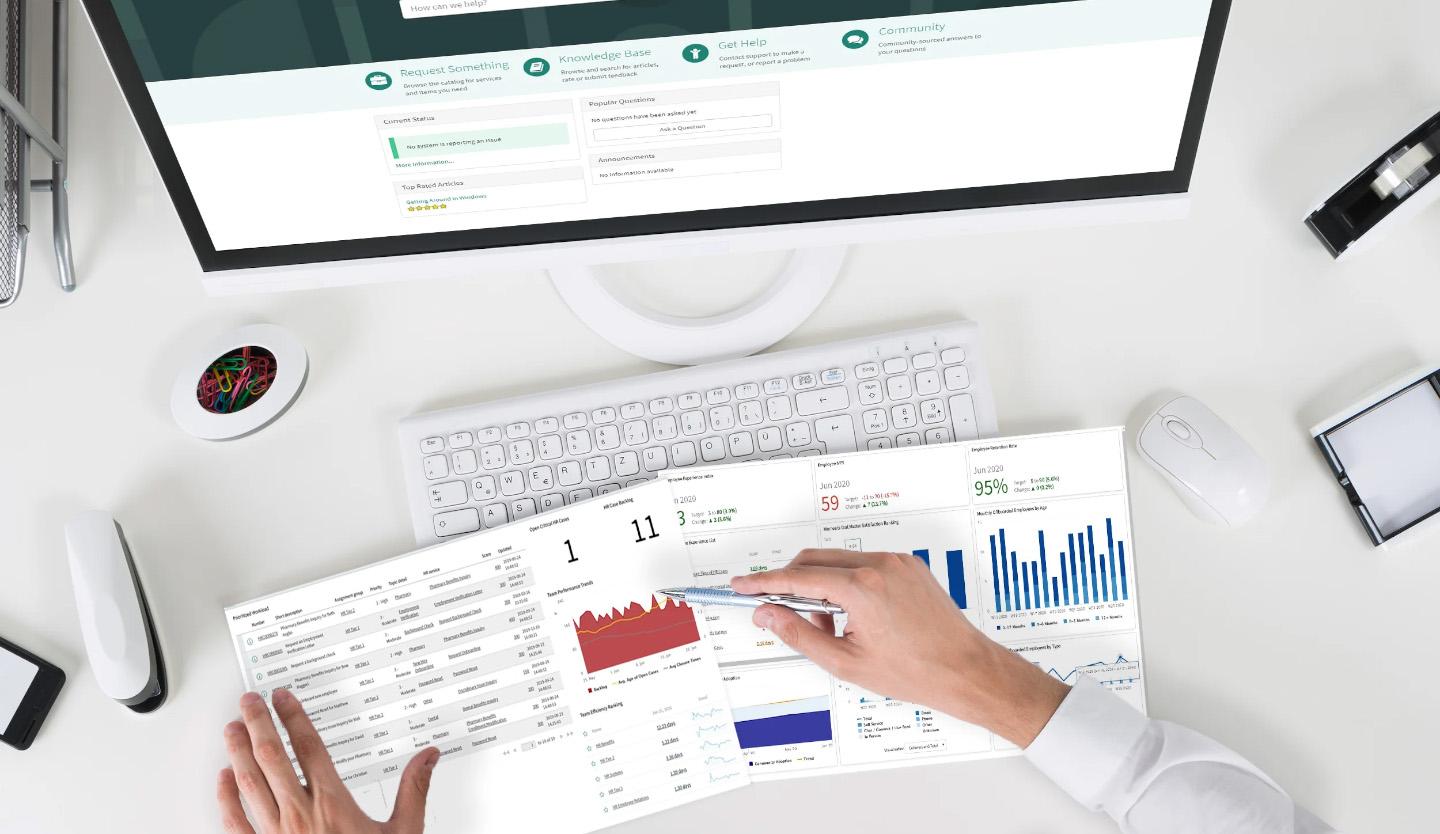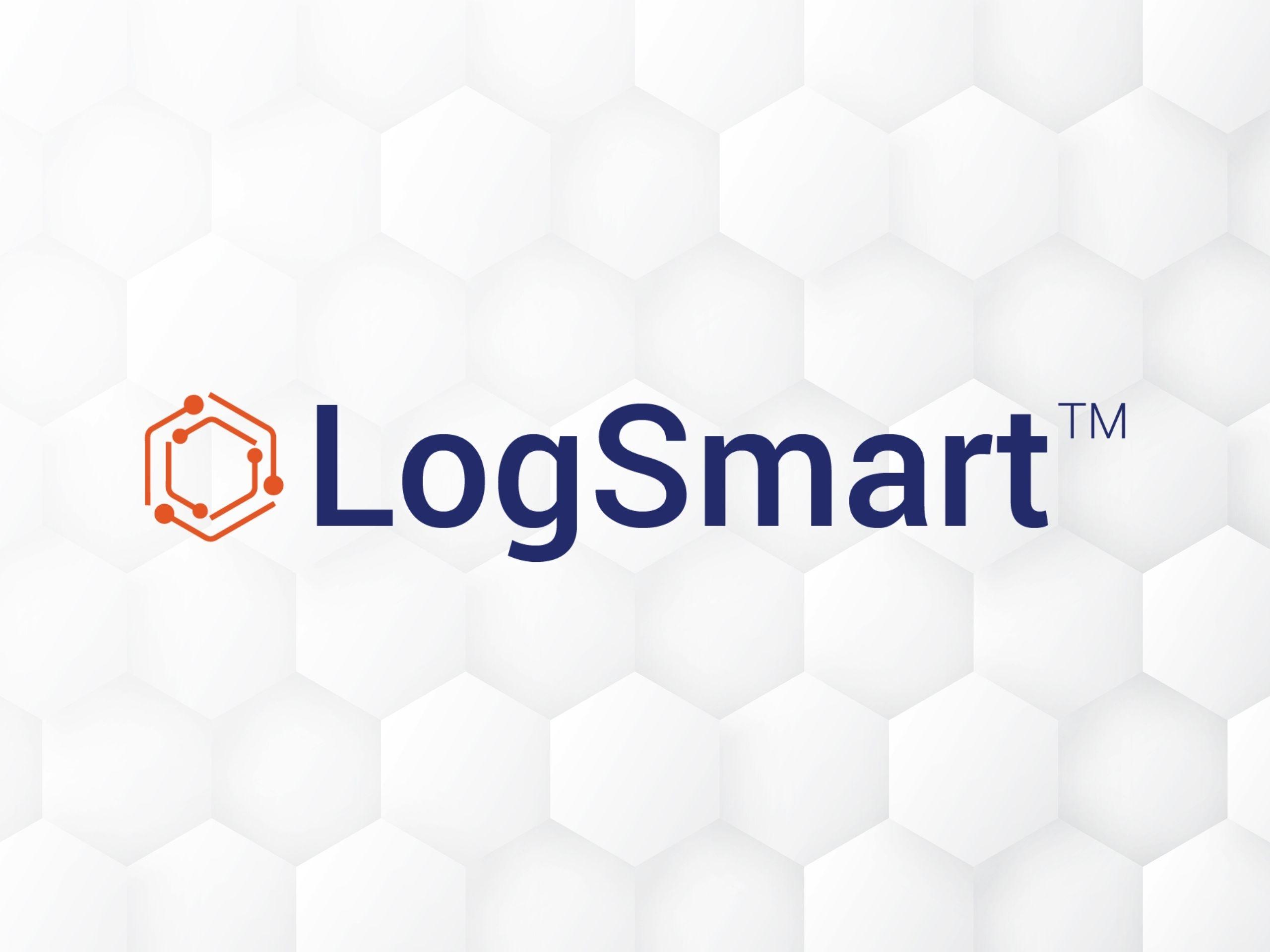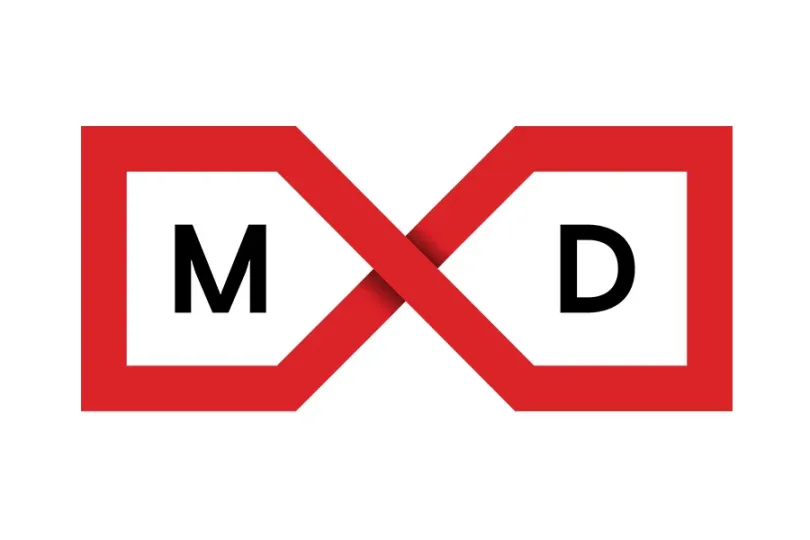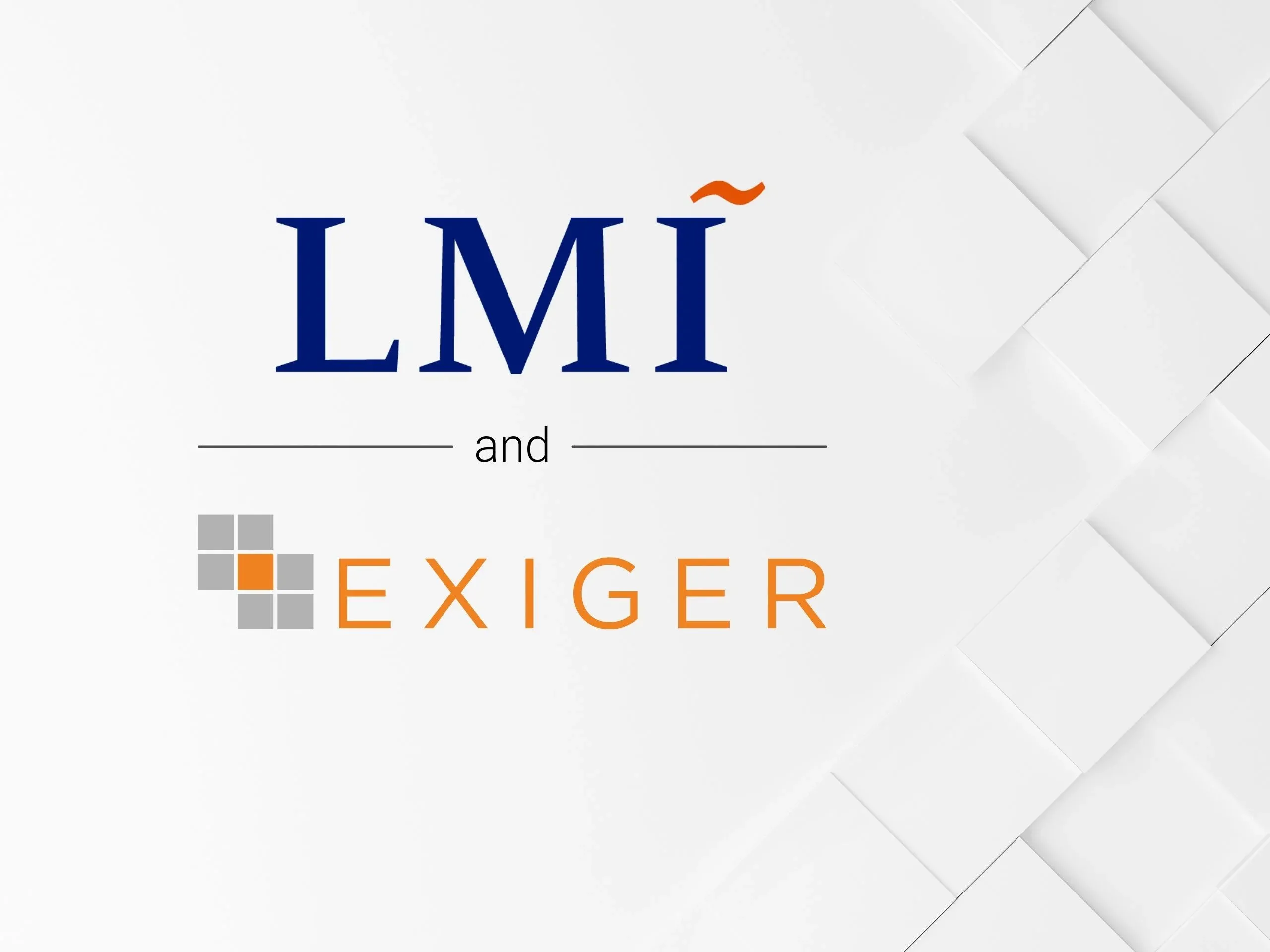
Peak Policy and Next Generation (PNG™) Inventory Models
LMI’s acclaimed tool for managing infrequent demand or frequent highly variable demand within your inventory.
Using Risk Management to Optimize Inventory
PNG™ is a suite of tools for inventory control of items with highly variable demand. The tool combines the capabilities of two of LMI's advanced inventory optimization models—Peak Policy and Next Generation (NextGen). Peak Policy optimizes inventory levels for items with infrequent, intermittent demand, while NextGen handles items with more frequent demand. Assignment logic, based on demand frequency, automatically routes items to the appropriate model. PNG™ improves forecasting accuracy while balancing the risks associated with the various dimensions of inventory performance, such as inventory value, customer service, and procurement workload.
Avoid Investing in the Wrong Items
The unstable demand patterns for many items makes them inherently unforecastable and results in large forecasting errors. Much like the flip of a coin, the processes that are generating the demand defy prediction. Buyers using traditional methods to forecast items with intermittent, unstable demand patterns frequently end up with the wrong items on the shelf. Due to such forecasting errors, enterprises experience overinvestment in some items, shortages for others, and excessive and unstable buyer workload. Safety stock and order quantity computations lose key information in the data, compounding these problems.
-
Balance Investment and Risk
LMI’s advice: stop forecasting. Instead PNG™ employs a risk-based hedging strategy that uses demand history and item characteristics to set procurement levels for unforecastable inventory. Input data includes five years’ (or the available) transactional demands, prices, current asset data, replenishment lead-times, minimum buy quantities, and other item characteristics. The tools generate tradeoff curves that display tradeoffs between wait time, inventory value, and annual buys. A supply chain manager picks a point on a curve that’s best for desired business outcomes, and PNG™ calculates minimum and maximum levels for each part. PNG™ doesn’t require accepting a forecast with unknown financial implications—there’s no question of how much of the forecast to honor. It also avoids separate decisions for safety stock and order quantities—selecting a single point on a curve is both simpler and more comprehensive.
Reduce Inventory, Improve Customer Service, Lower Workload
Setting inventory levels directly based on demand transactions rather than on artificial statistical models improves forecasting accuracy and results in significant benefits. PNG™ helps planners make integrated decisions and tradeoffs that for items with volatile, intermittent demand:
- Reduce inventory investment without degrading customer service;
- Improve customer service without increasing inventory investment;
- Lower the number of procurement actions.
Rigorous testing of PNG™ against the best-known inventory approaches shows that for items with volatile demand the tools can:
- Reduce inventory investment up to 15 percent;
- Reduce procurement workload up to 50 percent;
- Reduce customer wait time 20–30 percent.
Related Content
Explore All-
 Insights
InsightsEffective Property Tracking Improves Audit Results
In keeping with the principles of LMI’s performance optimization line of business, our teams of subject matter experts optimize key controls for consistent, compliant, and effective operations. LMI leverages considerable experience across DoD in optimizing and updating internal controls and remediating audit findings to work with organizations.
-
 Insights
InsightsRisk Management in an Agile World
Coupled with its Performance Optimization Line of Business, LMI uses Risk Management to enhance the efficiency and effectiveness of organizations and operations. If your organization is looking to better integrate Project and Risk Management activities within your specific Agile environment, LMI’s team of Project and Portfolio Management (PPM) subject matter experts can help.
-
 Press Release
Press ReleaseLMI to Support USTRANSCOM in Campaign Planning for Global Deployment, Distribution, and Capability Development
The United States Transportation Command (USTRANSCOM) Strategic Plans, Policy, and Logistics Directorate has selected LMI for strategic campaign planning and support for the Department of Defense Functional Campaign Plan for Global Deployment and Distribution and USTRANSCOM’s Combatant Command Campaign Plan.
-
 Insights
InsightsEnabling Disaster Preparedness in Global Health
Nations and philanthropic organizations struggle to deal with a growing number of climatologically driven disasters. Transportation and distribution of critically needed supplies has become more of a challenge as many areas deal with aging infrastructure and roads that only exacerbate the problems when disaster strikes. Governments and institutions need predictive analysis to get ahead of the problem.
-
 Press Release
Press ReleaseLMI to Continue Strategy, Strategic Engagement, Concepts, and Wargames Support for USTRANSCOM
The United States Transportation Command (USTRANSCOM) Strategic Plans, Policy, and Logistics Directorate has selected LMI to continue supporting the Strategy, Strategic Engagement, Concepts, and Wargames (SSECW) program.
-
 White Paper
White PaperHow to Strengthen Cybersecurity Strategic Planning
Boards and executive teams spend months each year developing and reviewing strategic plans. But what happens next once it has been approved? When it comes to something as critical as your organization’s cybersecurity, the specific plans put in place should always remain adaptable and adjust as requirements change. An effective cybersecurity plan should address evolving threats while aligning with an organization’s mission, strategy and budget, but the strategic planning required for execution is often overlooked.
-
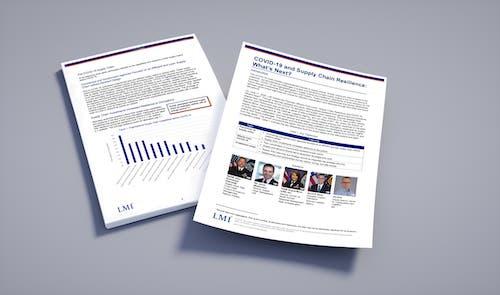 White Paper
White PaperCOVID-19 and Supply Chain Resilience: What’s Next?
LMI hosted the Potomac Officers Club event, Supply Chain Resilience and COVID-19: What’s Next? on June 11, 2020. Government leaders and logistics experts discussed the pre-COVID-19 supply chain, effects from COVID-19, and investment areas for resilience. This paper summarizes poll data collected from audience members as well as insights from the panel.
-
 Innovation at the Pace of Need™
Innovation at the Pace of Need™Three Considerations for VA and DHA Digital Transformation
The transformation will improve organizations and patient outcomes. LMI experts have been strategic partners throughout other large-scale digital transformations and offer insights to help these projects succeed.
-
 What We Do
What We DoEnergy & Climate Analytics
Using energy and climate resilience analytics, LMI can enhance the ClimateIQ™ of all federal decision-makers to manage and reduce mission disruptions from climate and extreme weather events, simultaneously increasing energy resilience and reducing dependence on external energy supplies that are vulnerable to disruptions.
-
 Press Release
Press ReleaseLMI Selected as 2022 U.S. Postal Service Supplier Excellence Award Winner for Second Consecutive Year
Out of 12,400 suppliers, LMI is one of four recipients in the supplier excellence category, which recognizes exceptional quality and on-time delivery performance. LMI was recognized for our contributions to several strategic programs, including implementing updated program and portfolio management planning initiatives into the Postmaster General’s (PMG’s) Strategic Portfolio Planning.
-
 Press Release
Press ReleaseLMI Selected to Expand Support to U.S. Army Through STEPSS Contract
LMI has been selected to support the U.S. Army’s Combat Capabilities Development Command Chemical Biological Center (DEVCOM CBC). This 10-year, potential $869 million Scientific, Technical, Engineering and Program Support Services (STEPSS) multiple-award task order contract will allow LMI to continue helping prepare the U.S. Army to detect and respond to chemical, biological, radiological, and nuclear (CBRN) threats.
-
 Press Release
Press ReleaseLMI Selected to Support GSA’s OFM’s Energy Division and Climate and Sustainability Division through Renewable Energy BPA
LMI will provide subject matter expertise and program management services for the GSA Public Buildings Service (PBS) Office of Facilities Management (OFM) Energy Division and Climate and Sustainability Division.
-
 Press Release
Press ReleaseLMI Selected to Support HHS ASPR’s Countermeasures Acceleration Group
LMI has been awarded a two-year, $24 million contract to provide support to the U.S. Department of Health and Human Services (HHS) Assistant Secretary for Preparedness and Response’s (ASPR) Countermeasures Acceleration Group (CAG).
-
 Press Release
Press ReleaseLMI Selected to Support the Office of the Deputy Assistant Secretary of Defense for Energy
LMI will support the Office of the Deputy Assistant Secretary of Defense for Energy by furnishing strategic planning, analysis, programming, and functional energy expertise. This award represents LMI’s first contract with this organization since the operational energy and installation energy offices and roles were combined.
-
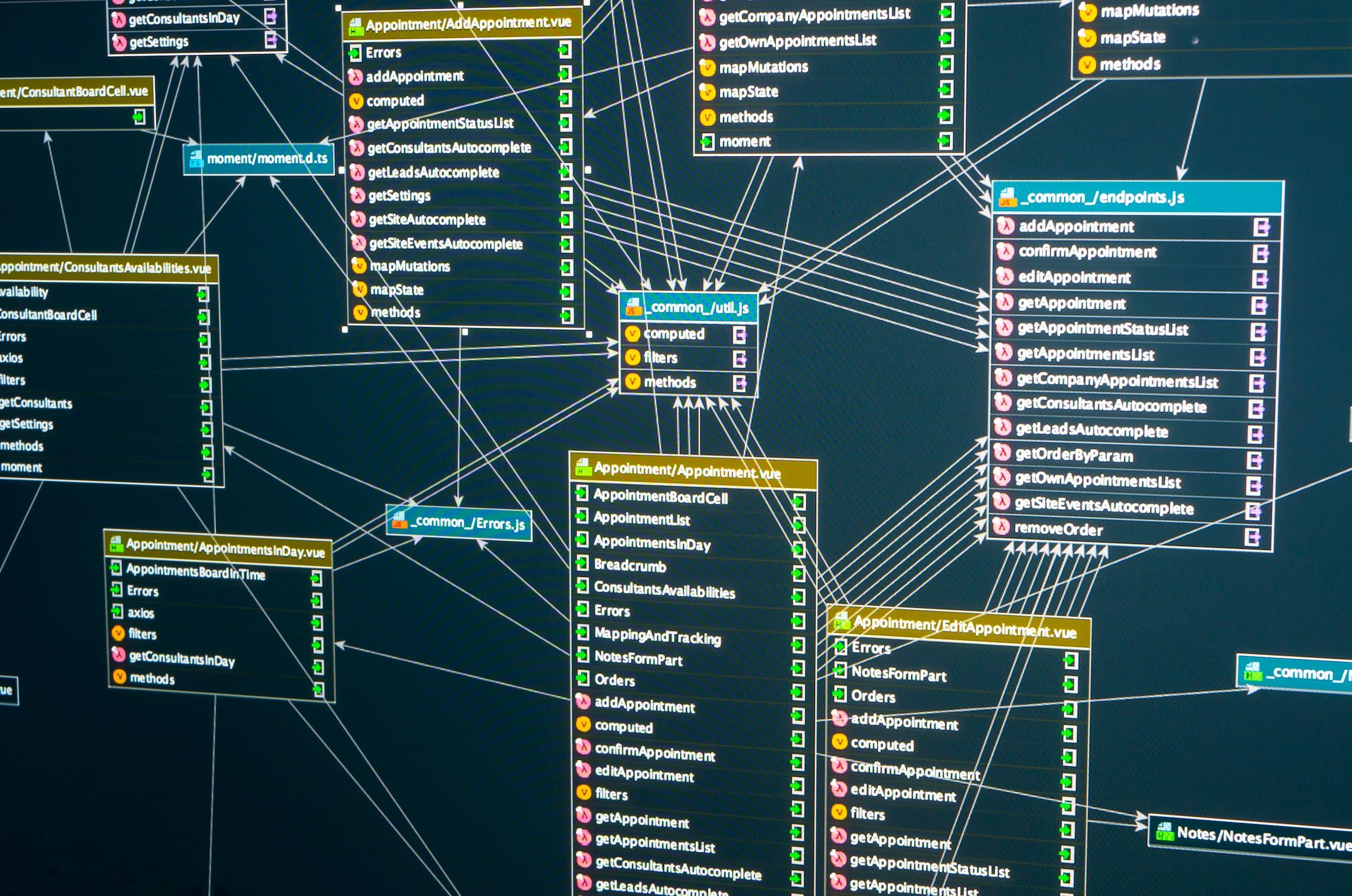 Press Release
Press ReleaseLMI to Support Policy Management and Reporting for DoD Security Cooperation
LMI will assist the Department of Defense (DoD) in streamlining policy development and reporting for its security cooperation activities in support of the Defense Security Cooperation Agency (DSCA), with a total potential contract value of approximately $5 million.
-
 Insights
InsightsGAO High-Risk Series: Supply Chain Management
The Government Accountability Office (GAO) released a report highlighting the successful efforts of federal government agencies to address high-risk areas and improve programs.
-
 Press Release
Press ReleaseLMI Supports ODASD(MR) Efforts to Lower Costs and Improve Warfighter Readiness through Innovation
LMI will provide industrial base assessments, data analytics, and policy and resource management services to assist the Department of Defense (DoD) in meeting materiel readiness requirements across its complex sustainment enterprise.
-
 Our Team
Our TeamStuart Jones
Stu Jones leads LMI’s Office of the Secretary of Defense (OSD) submarket and oversees the delivery and execution of programs, projects, and tasks as well as strategic growth. He provides cross-service line support for policy development, planning, resource management, and program evaluation.
-
 Our Team
Our TeamMichael Dudley
Mike Dudley came to LMI from the Defense Contract Management Agency (DCMA), where he served as civilian director of the Stockton, California, office. In this role, he supervised over 270 civilian and military personnel with responsibility for managing 10,300 contracts valued at $23 billion.
-
 Our Team
Our TeamKerry McCarthy
Kerry McCarthy leads LMI’s supply chain risk management practice. He has 15 years of experience in working with various organizations—such as the Department of Defense, Department of Agriculture, NASA, Amtrak, Federal Emergency Management Agency, and North Atlantic Treaty Organization—to improve the resilience of their supply chains.
-
 Press Release
Press ReleaseLMI to Perform Study on Future of NASA’s Upper Class E Airspace Operations
LMI will advise the National Aeronautics and Space Administration (NASA) under the Air Traffic Management–eXploration (ATM-X) project by conducting a future-focused research study to assess the market and traffic management requirements for Upper Class E airspace.
-
 Our Leadership Team
Our Leadership TeamJoseph Niehaus
Joe leads a diverse organization of logistics consultants developing and delivering advanced logistics solutions in acquisition and sustainment; infrastructure, energy, and environment; and supply chain management. He and his organization focus on helping LMI’s customers build supply chain resilience and deliver innovative supply chain solutions across the defense, civilian agencies, public health, and national security markets with increasing agility for accelerated decision-making at the pace of need.
-
 Insights
InsightsSupply Chain Integrity: Critical Every Day
LMI has 60+ years of experience ensuring that clients receive the best logistics support. In his recent blog, Jon Amis explains why supply chain integrity must be considered throughout the entire year. Our supply chain management practice assists with all aspects of a customer’s supply chain, from managing assets, property, and inventory, to performance measures, process improvement, and overall supply chain risk.
-
 What We Do
What We DoChange Management
For federal agencies to become more agile and responsive to mission needs, enterprise-wide change is often required. To support this transformation, LMI built an organizational change management (OCM) model to assess an agency’s operating environment, identify priorities, and furnish strategies that facilitate effective adoption.
-
 Deep Expertise, Customized Tools
Deep Expertise, Customized ToolsTaking Inventory to the Next Level
For 60 years, LMI has been delivering innovative, world-class logistics and supply chain solutions. Our independent research and development efforts have produced tools that have become the standard for supply chain management and logistics analytics.
-
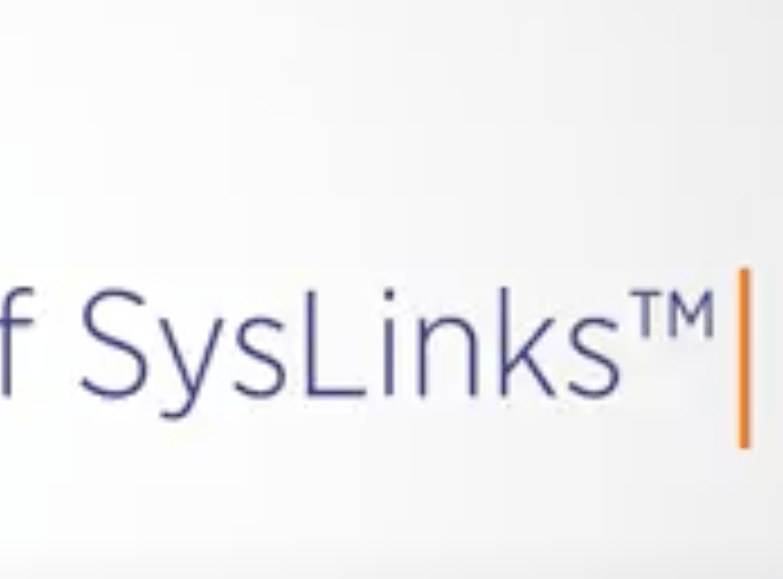 Innovation at the Pace of Need™
Innovation at the Pace of Need™SysLinks™—System Optimization and Network Linkages
SysLinks™ is the first practical method for linking reliability and maintainability models with spares optimization for complex networks. This new methodology helps managers pinpoint investments that will have the greatest positive impact on mission success.
-
 Insights
InsightsWhat the U.S. Must Do Now To Avoid the Next Pandemic
COVID-19 is not the first pandemic the United States has faced, but it may be the one that teaches us some very modern lessons about public trust, our surveillance networks, and effective response management. Here’s what the U.S. can learn from past pandemics and COVID-19 to ensure an effective response to the next pandemic.
-
 Press Release
Press ReleaseLMI Awarded the Joint Artificial Intelligence Center (JAIC) Data Readiness Artificial Intelligence Development (DRAID) Program Basic Ordering Agreement (BOA)
LMI will provide a broad spectrum of data management and analytic services for the Department of Defense (DoD) Joint Artificial Intelligence Center (JAIC) with the goal of accelerating artificial intelligence (AI) scaling across the department.
-
 Innovation at the Pace of Need™
Innovation at the Pace of Need™Evaluate Inventory and Financial Impacts Before Making Changes
FINISIM™ is a discrete event simulation that provides rapid analyses of complex, large-scale inventory and financial systems and the interaction between them, tracking supply-chain–related financial metrics.
-
 Innovation at the Pace of Need™
Innovation at the Pace of Need™Aircraft Sustainability Model (ASM®) Sparing Model
The Aircraft Sustainability Model (ASM®) sparing model is a state-of-the-art method for developing spares requirements to support high-technology systems. Over the last 30 years, the ASM® sparing model's advanced algorithms and user interfaces have made it an international leader in computing spares requirements.
-
 Insights
InsightsIntegrating IoT and Sensors To Improve Infrastructure Management Systems
When paired with AI/ML, the data provided by IoT devices and sensors offer insights on the status and condition of assets while enhancing utility, efficiency, and resiliency. Our experts weigh in on what is important to consider when implementing these technologies to improve infrastructure management.
-
 Innovation at the Pace of Need™
Innovation at the Pace of Need™Logistics Automation: Where Military and Commercial Applications Converge
To combat labor shortages in the transportation market, much of the world is investing in automated processes. For the U.S. military, logistics automation will be necessary in contested environments where near-peer adversaries target our logistics capabilities.
-
 Press Release
Press ReleaseLMI Migrating the Maintenance and Availability Data Warehouse to Advana
LMI has been awarded a 1-year, $1.5 million contract for a one-time data migration from the LMI-created Maintenance and Availability Data Warehouse (MADW) to the Advana Data Warehouse for the Joint Artificial Intelligence Center.
-
 What We Do
What We DoSupply Chain Resilience Solutions
LMI’s public-sector experts in logistics bring over 60 years of experience helping organizations mitigate supply chain risks. Our in-depth understanding of supply chain and government operations combine to provide effective, practical solutions for reducing and managing risk and increasing resiliency.
-
 Press Release
Press ReleaseLMI Forms Digital and Analytic Solutions Unit to Accelerate Technology-Enabled Transformation for Federal Agencies
LMI has named Karen Britton as chief digital officer and vice president of marketing and communications and Josh Wilson as vice president of digital and analytic solutions, a new business unit resulting from the merger of its advanced analytics and digital services practices.
-
 Culture News
Culture NewsEmployee Spotlight: Mark Stammler, Consultant, Data Engineering
Mark Stammler, Data Engineering consultant, has experience that spans multiple service lines at LMI, starting as an intern in 2019 and most recently becoming a consultant supporting customers in the data operations service line. Learn about his accomplishments, what he enjoys about working at LMI, and his advice to early career professionals.
-
 Culture News
Culture NewsEmployee Spotlight: Meet Randy Dragon
Prior to joining LMI in 2019, Randy Dragon acted in executive leadership and management positions in the United States Army, joint and multinational forces, and the defense industry. Before entering the civilian sector, Randy served over 30 years in the Army, entering active duty in 1980 after being commissioned in the infantry through the Reserve Officers' Training Corps program at James Madison University.
-
 Press Release
Press ReleaseLMI To Expand Support of the Marine Corps Logistics Command
LMI will continue to provide strategic support to the United States Marine Corps Logistics Command with a new, one-year award. This will greatly aid the Marine Corps with inventory management using the ASM® Sparing Model, proprietary software and capabilities, and budget stratification tools.
-
 Press Release
Press ReleaseLMI to Continue Support of DLA R&D Efforts
LMI will continue supporting the Defense Logistics Agency by providing cutting-edge innovations to improve its technology and business processes. LMI will furnish support in the areas of planning, procurement, product quality, technical data, and data management.
-
 Press Release
Press ReleaseLMI to Continue Army Enterprise Systems Integration Program Support
LMI will continue to provide program management, business transformation, technical, and professional advisory services to the Project Manager, Army Data and Analytics Platforms (PM ARDAP), with a new three-year, $211 million award. LMI’s capabilities will enable the Army to modernize business operations and implement integrated management systems to transform Army enterprise resource planning and data systems.
-
 Press Release
Press ReleaseLMI Builds the Next Generation of DoD Civilian Scientists and Engineers with the SMART Scholarship-for-Service Program
LMI has been awarded a new five-year, $450 million contract supporting the Department of Defense’s Science, Mathematics, and Research for Transformation (DoD SMART) Scholarship-for-Service Program.
-
 Press Release
Press ReleaseLMI Awarded DHA's OMNIBUS IV IDIQ Contract in All Four Market Segments
LMI has been awarded the Defense Health Agency (DHA) OMNIBUS IV indefinite delivery, indefinite quantity (IDIQ) $10 billion contract in all four market segments: (1) Research and Development; (2) Research and Development Support Services; (3) Regulatory Processes; and (4) Translational Science Support and Services.
-
 Press Release
Press ReleaseLMI and TCS Uncover Climate Risks to F-35, Announce Enhanced Climanomics Platform
Coastal flooding, temperature extremes, and storm damage could significantly disrupt the availability of facilities supporting the F-35 weapon system over the next 30 years, according to a joint analysis by LMI and The Climate Service (TCS).
-
 Press Release
Press ReleaseKristen Cheman Named LMI Vice President of Digital & Analytic Solutions
LMI has promoted Kristen Cheman to vice president of digital & analytic solutions, where she combines subject matter expertise and leading-edge technologies to bring the best ideas and digitally-enabled services to our customers.
-
 Press Release
Press ReleaseJoe Niehaus and Zaki Saleh Join LMI’s Senior Leadership Team
LMI promoted Joe Niehaus to senior vice president of the logistics service line and welcomes Zaki Saleh as senior vice president of the health & civilian market.
-
 Our Team
Our TeamBruce Kaplan
With more than 35 years of experience in program management, source selection, information systems requirements and tools, and supply chain logistics, Bruce is one of LMI’s leading innovators and solution architects. He focuses on processes and technologies that cross organizational and functional boundaries to improve customer outcomes.
-
 Culture News
Culture NewsAddressing Complex Problems
During his 30-year tenure at LMI, Bruce Kaplan has used his expertise in defense logistics and research and development to help LMI and its clients succeed. With a strong commitment to innovation and exceeding customer expectations, Bruce has led efforts to modernize logistics through finding, developing, and pushing pioneering technologies. Learn about Bruce’s role as a logistics strategy and integration fellow and his plans to continue making a positive difference at LMI.
-
 Perspective
PerspectiveChanges to Construction Permits for Projects near Bodies of Water
If you have construction projects taking place near or in any bodies of water, you urgently need to evaluate your project plan. The U.S. Army Corps of Engineers announced reauthorization of the Nationwide Permits (NWPs), which could impact construction projects in progress or soon to be underway.








